The Squaw Man (1931 film)
6.8 /10 1 Votes
Duration Language English | 6.6/10 IMDb Producer Cecil B. DeMille Country United States | |||||||||||||||||||||||||||||||||
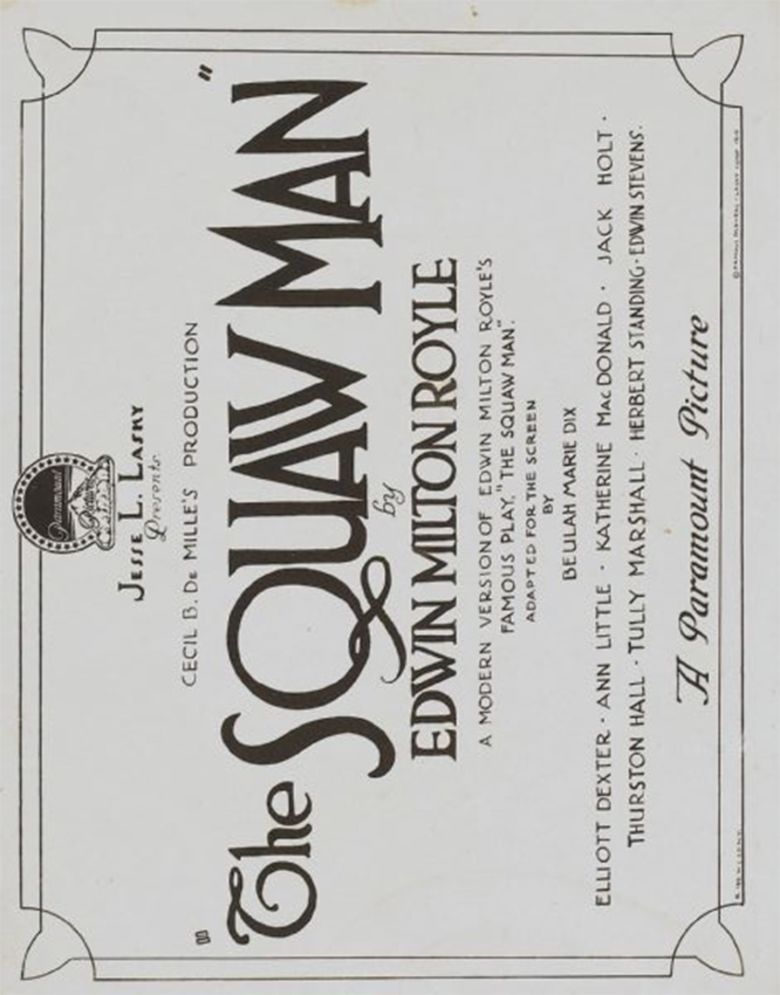 | ||||||||||||||||||||||||||||||||||
Release date September 5, 1931 (1931-09-05) Writer Edwin Milton Royle (by), Lucien Hubbard (screen play), Lenore J. Coffee (screen play), Elsie Janis (dialogue by) Cast (Jim Wingate - aka Jim Carston), (Naturich), (Lady Diana Kerhill), (Cash Hawkins), (Sir John Applegate), (Henry - Earl of Kerhill) Similar movies Monsters , Bernie , The Man from Laramie , The Big Country , Old Yeller , The Sheepman | ||||||||||||||||||||||||||||||||||
The squaw man 1931 preview clip
The Squaw Man is an American 1931 Pre-Code film directed by Cecil B. DeMille. It was the third version of the same play that he filmed, and the first in sound. It stars Warner Baxter in the leading role.
Contents
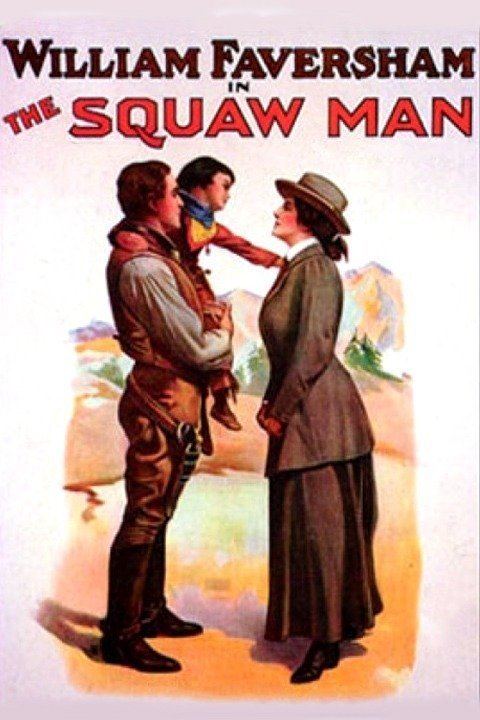
Plot
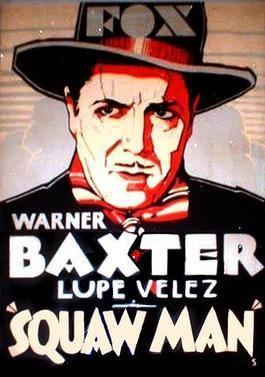
A British army officer Captain James Wingate (Warner Baxter) is left disgraced when he takes the blame for his cousin Henry's (Paul Cavanagh) misappropriation of the regiment's charitable fund. He heads to the Wild West of the United States, taking over a ranch in Montana where he marries a beautiful Indian squaw Naturich (Lupe Velez) and has a son Hal (Dickie Moore). Years later, Henry is killed in a horse riding accident. Sir John Applegate Kerhill receives a telegram informing him of James's whereabouts. He arrives with Lady Diana (Eleanor Boardman), with whom James has been secretly in love. However, he remains true to Naturich and introduces her as his wife to the surprised guests. Later, Sir John convinces James to let him take Hal back with him to England where the boy will be educated in the finest schools. Upon having her son taken against her wishes, a grieving Naturich goes into the boy's room where she shoots herself while holding a toy wooden horse she made for him on his birthday. She soon dies in James's arms.
Cast
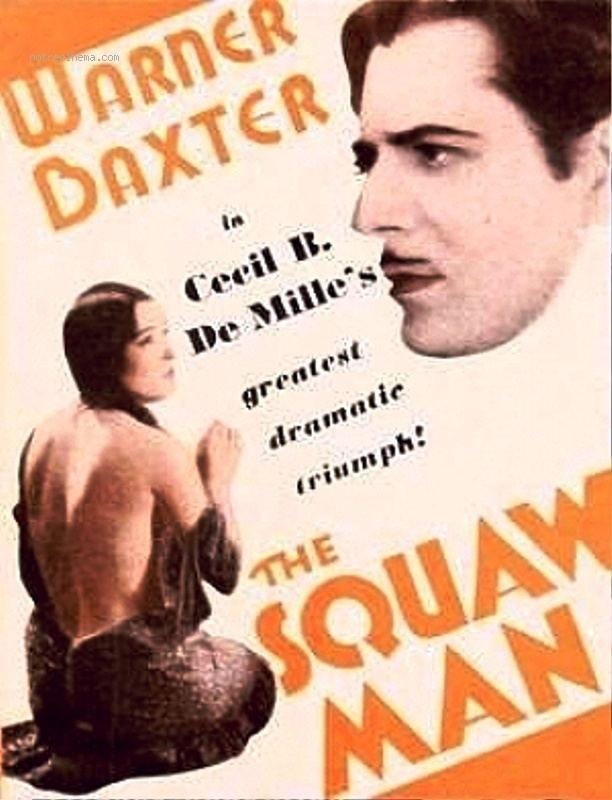
Production and release
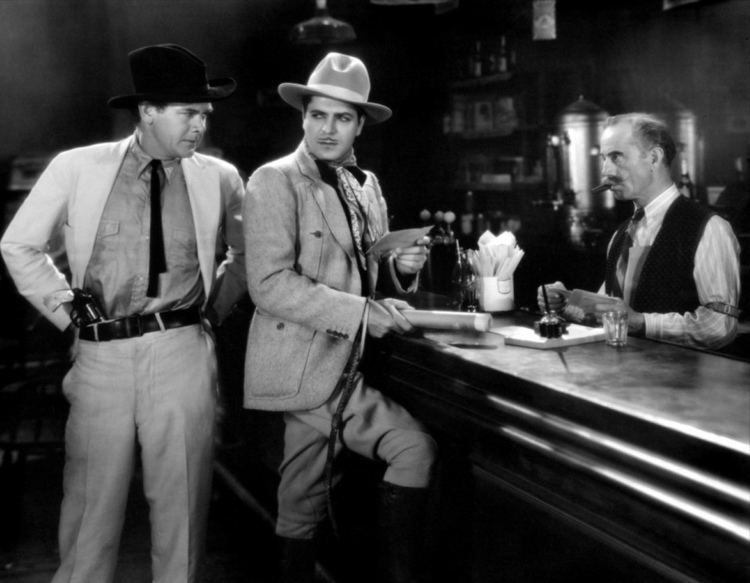
DeMille's two previous versions of the story were released in 1914 and in 1918. DeMille was keen to remake his earlier successes and was the driving force behind the project, at a time when a cycle of big-budget Western films In Old Arizona, Billy the Kid and The Big Trail were being released.
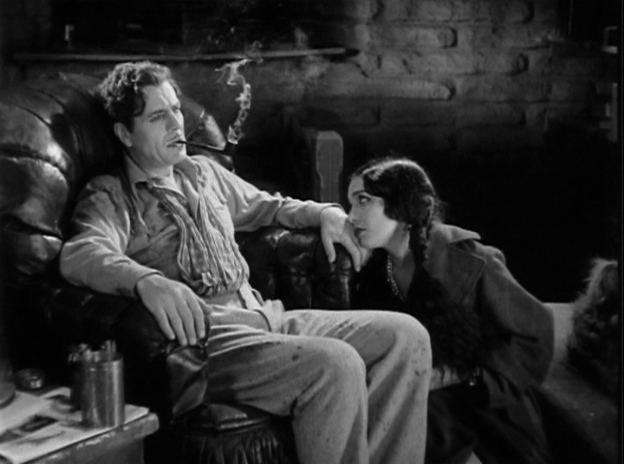
The film rights proved difficult and expensive to acquire, as MGM had to negotiate with both Paramount Pictures and Warner Brothers. Many of the scenes were shot on location in Arizona. As the cost of the film escalated, MGM executive Nicholas Schenck tried to abandon the production, but he was persuaded that this would be equally costly to do and the film was finished as planned. It ultimately cost over $722,000 to make and lost nearly $150,000 in its initial release. In spite of its financial losses, and troubled production, the film was well-regarded by critics. This was the last film on DeMille's contract with MGM before he returned to Paramount Pictures. His next work was the enormously successful 1932 film The Sign of the Cross which kick-started his career again.
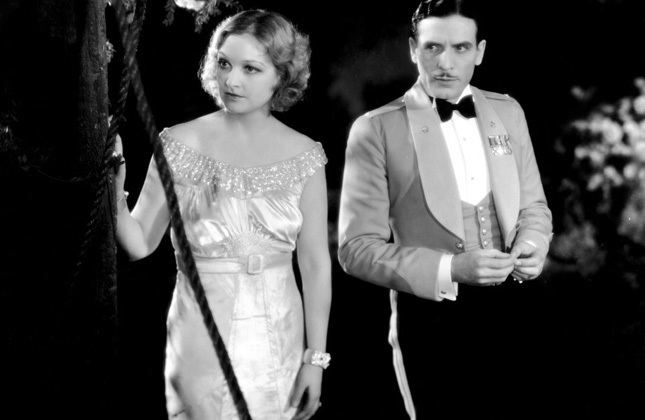
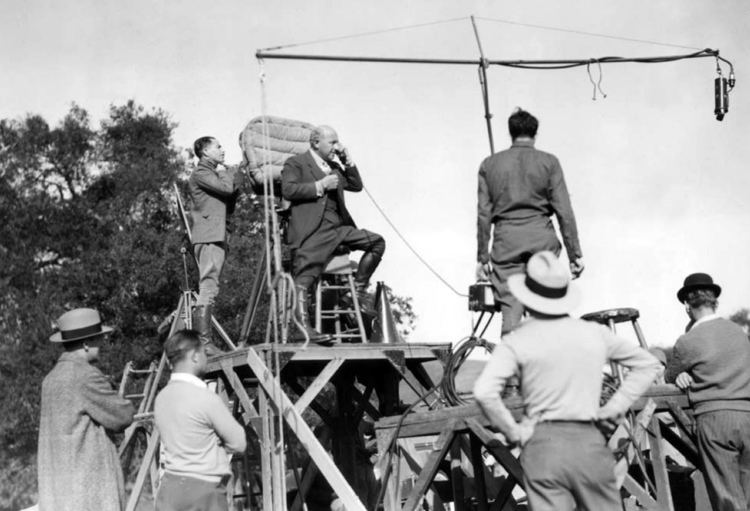
References
The Squaw Man (1931 film) WikipediaThe Squaw Man (1931 film) IMDb The Squaw Man (1931 film) themoviedb.org
